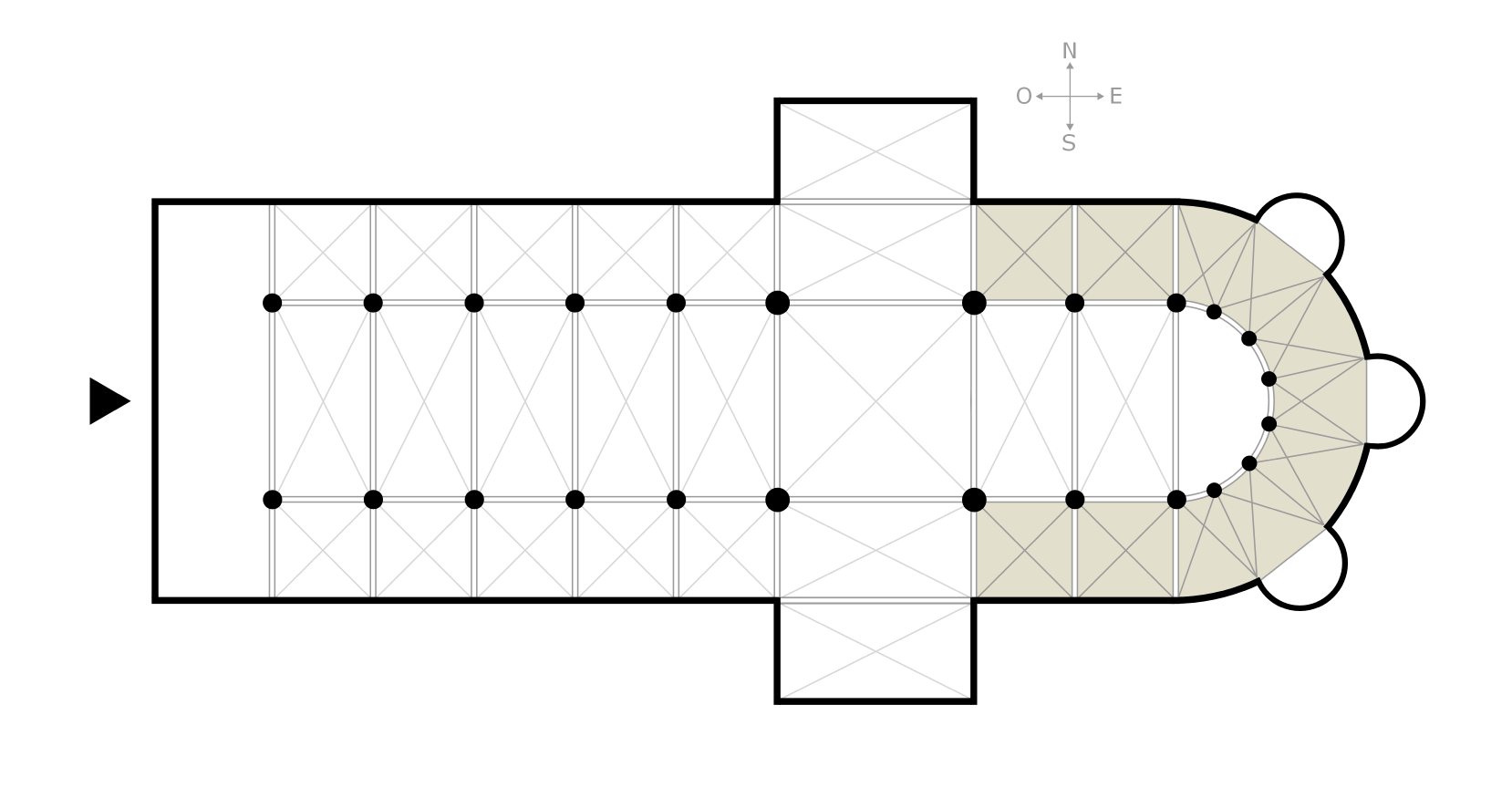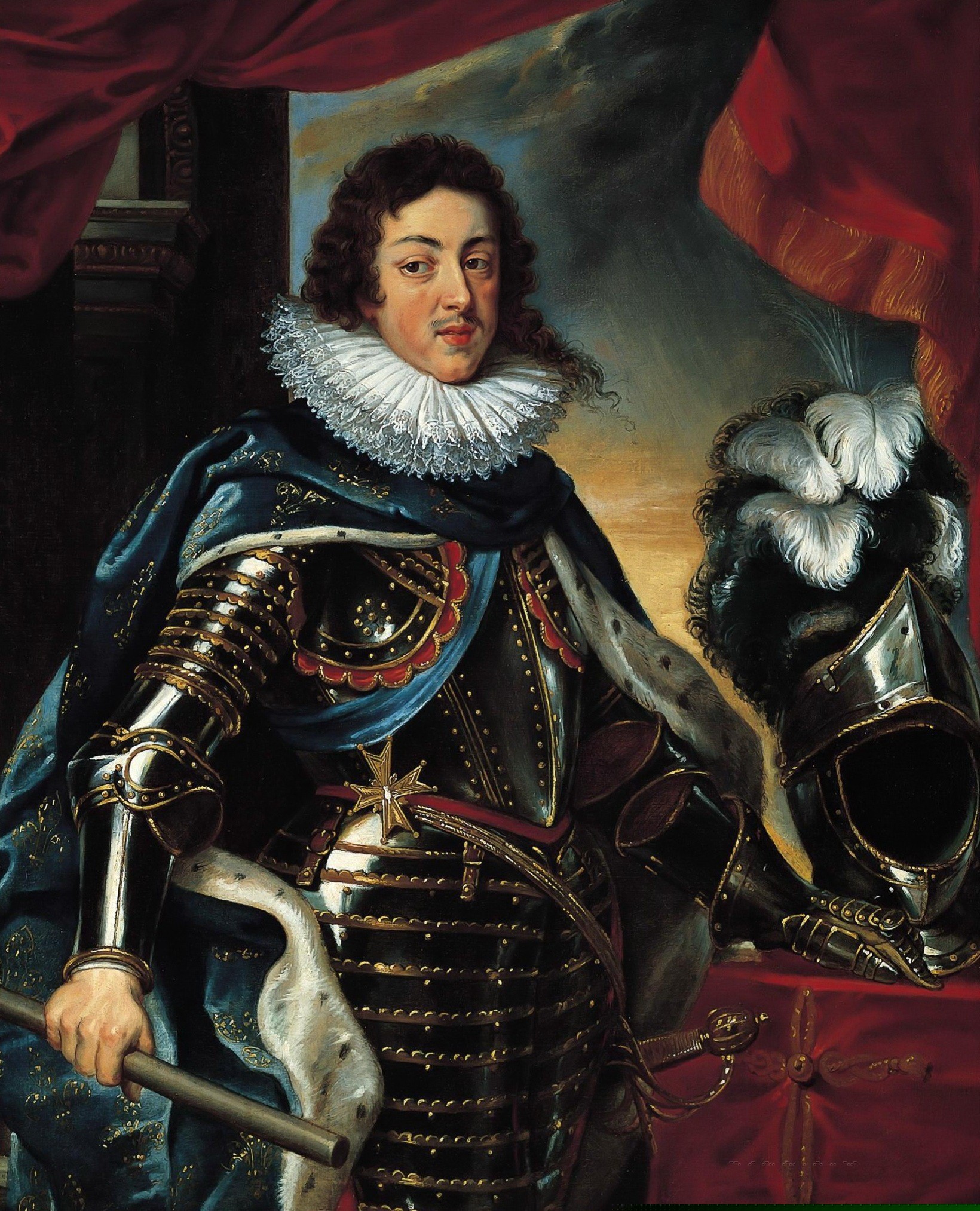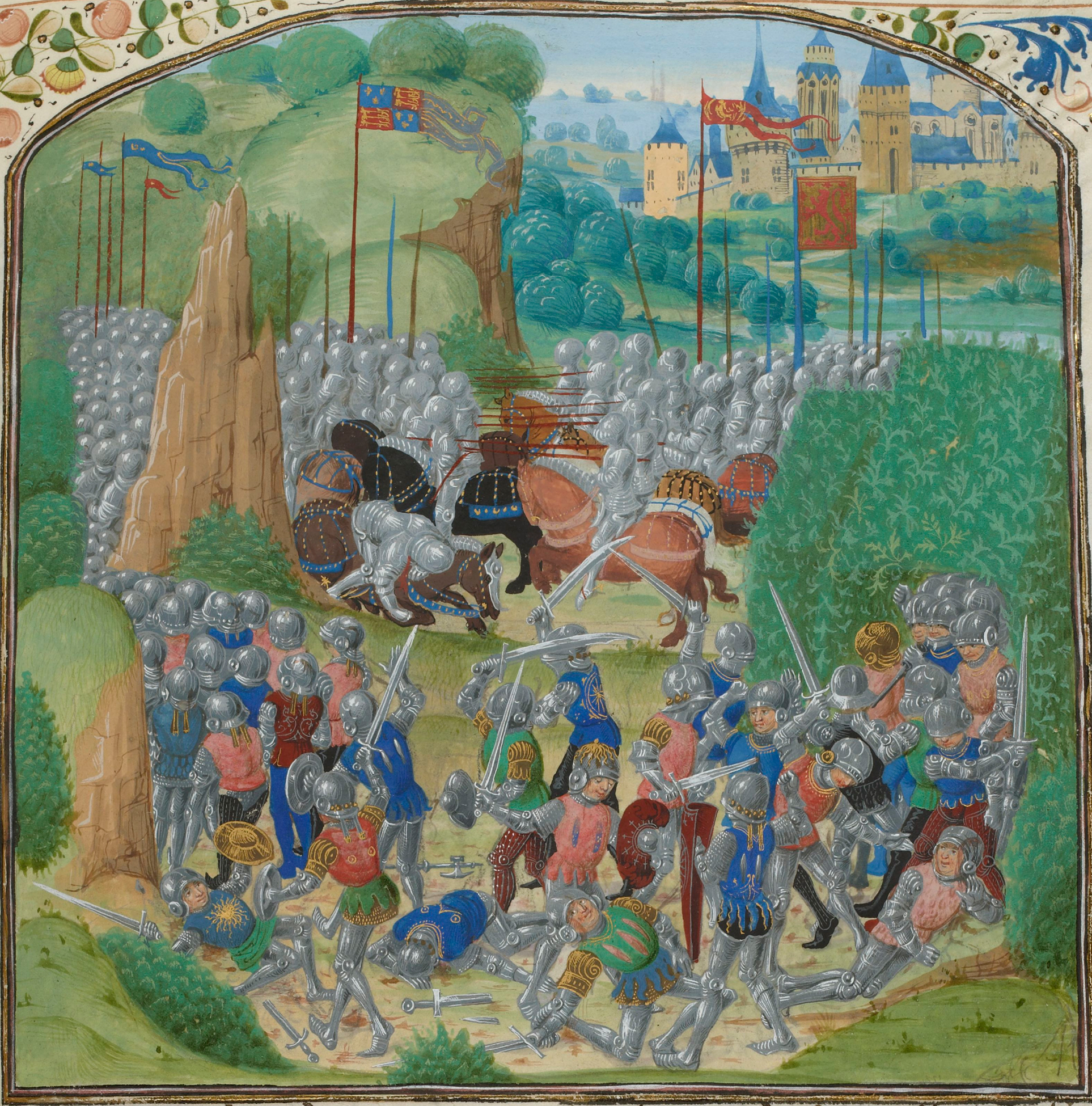|
Saint-Martin-des-Champs Priory
The Priory of Saint-Martin-des-Champs was an influential monastery established in what is now the city of Paris, France. Its surviving buildings are considered treasures of Medieval architecture in the city. History Foundations The oldest known structure on the site was a chapel dedicated to St. Martin of Tours, founded during the Merovingian dynasty, which appears in a text of 710. At a date which remains unknown, a community of monks became established there around the chapel. The abbey they founded was pillaged and destroyed by Norman invaders during the late 10th century. In 1060, King Henry I of France chose to rebuild the complex of the former abbey, intending it then to be a priory of canons regular. At that era, it still remained outside the walls of the city, thus its designation as ''des champs'' (in the fields). In 1079 the priory was given to St. Hugh of Cluny and became a Benedictine community, which developed into one of the major houses of the Congregation of Clun ... [...More Info...] [...Related Items...] OR: [Wikipedia] [Google] [Baidu] |
Monastery
A monastery is a building or complex of buildings comprising the domestic quarters and workplaces of Monasticism, monastics, monks or nuns, whether living in Cenobitic monasticism, communities or alone (hermits). A monastery generally includes a place reserved for prayer which may be a chapel, Church (building), church, or temple, and may also serve as an Oratory (worship), oratory, or in the case of Cenobium, communities anything from a single building housing only one senior and two or three junior monks or nuns, to vast complexes and estates housing tens or hundreds. A monastery complex typically comprises a number of buildings which include a church, dormitory, cloister, refectory, library, Wiktionary:balneary, balneary and Hospital, infirmary and outlying Monastic grange, granges. Depending on the location, the monastic order and the occupation of its inhabitants, the complex may also include a wide range of buildings that facilitate self-sufficiency and service to the commun ... [...More Info...] [...Related Items...] OR: [Wikipedia] [Google] [Baidu] |
Ambulatory
The ambulatory ( 'walking place') is the covered passage around a cloister or the processional way around the east end of a cathedral or large church and behind the high altar. The first ambulatory was in France in the 11th century but by the 13th century ambulatories had been introduced in England and many English cathedrals were extended to provide an ambulatory. The same feature is often found in Indian architecture and Buddhist architecture generally, especially in older periods. Ritual circumambulation or parikrama around a stupa or cult image is important in Buddhism and Hinduism. Often the whole building was circumambulated, often many times. The Buddhist chaitya hall always allowed a path for this, and the Durga temple, Aihole (7th or 8th century) is a famous Hindu example. The term is also used to describe a garden feature in the grounds of a country house. A typical example is the one shown, which stands in the grounds of Horton Court in Gloucestershire, England. File:A ... [...More Info...] [...Related Items...] OR: [Wikipedia] [Google] [Baidu] |
Foucault Pendulum
The Foucault pendulum or Foucault's pendulum is a simple device named after French physicist Léon Foucault, conceived as an experiment to demonstrate the Earth's rotation. If a long and heavy pendulum suspended from the high roof above a circular area is monitored over an extended period of time, its plane (geometry), plane of oscillation appears to change spontaneously as the Earth makes its 24-hourly rotation. This effect is greatest at the poles and diminishes with lower latitude until it no longer exists at Earth's equator. The pendulum was introduced in 1851 and was the first experiment to give simple, direct evidence of the Earth's rotation. Foucault followed up in 1852 with a Foucault's gyroscope experiment, gyroscope experiment to further demonstrate the Earth's rotation. Foucault pendulums today are popular displays in science museums and universities. History Foucault was inspired by observing a thin flexible rod on the axis of a lathe, which vibrated in the sam ... [...More Info...] [...Related Items...] OR: [Wikipedia] [Google] [Baidu] |
Musée Des Arts Et Métiers
The Musée des Arts et Métiers (; English: Museum of Arts and Crafts) is an industrial design museum in Paris that houses the collection of the Conservatoire national des arts et métiers, which was founded in 1794 as a repository for the preservation of scientific instruments and inventions. History Since its foundation, the museum has been housed in the deserted priory of Saint-Martin-des-Champs on the Rue Réaumur in the 3rd arrondissement of Paris. Today the museum, which underwent major renovations in 1990, includes an additional building adjacent to the abbey, with larger objects remaining in the abbey itself. Collection The museum has over 80,000 objects and 15,000 drawings in its collection, of which about 2,500 are on display in Paris. The rest of the collection is preserved in a storehouse in Saint-Denis, Seine-Saint-Denis, Saint-Denis. Among its collection is an original version of the Foucault pendulum, the original model of ''Liberty Enlightening the World'' (commo ... [...More Info...] [...Related Items...] OR: [Wikipedia] [Google] [Baidu] |
Cardinal Richelieu
Armand Jean du Plessis, 1st Duke of Richelieu (9 September 1585 – 4 December 1642), commonly known as Cardinal Richelieu, was a Catholic Church in France, French Catholic prelate and statesman who had an outsized influence in civil and religious affairs. He became known as the Red Eminence (), a term derived from the style of Eminence (style), Eminence applied to Cardinal (Catholic Church), cardinals and their customary red robes. Consecrated a bishop in 1607, Richelieu was appointed Secretary of State for Foreign Affairs (France), Foreign Secretary in 1616. He continued to rise through the hierarchy of both the Catholic Church and the French government, becoming a Cardinal (Catholic Church), cardinal in 1622 and Chief minister of France, chief minister to King Louis XIII, Louis XIII of France in 1624. He retained that office until his death in 1642, when he was succeeded by Cardinal Cardinal Mazarin, Jules Mazarin, whose career the cardinal had fostered. Richelieu became enga ... [...More Info...] [...Related Items...] OR: [Wikipedia] [Google] [Baidu] |
Commendatory Abbots
A commendatory abbot () is an ecclesiastic, or sometimes a layman, who holds an abbey ''in commendam'', drawing its revenues but not exercising any authority over its inner monastic discipline. If a commendatory abbot is an ecclesiastic, however, he may have limited jurisdiction. Originally only vacant abbeys, or those that were temporarily without an actual superior, were given ''in commendam'', in the latter case only until an actual superior was elected or appointed. An abbey is held ''in commendam'', i.e. provisorily, in distinction to one held ''in titulum'', which is a permanent benefice.Ott, Michael. "In Commendam." The Catholic Encyclopedia Vol. 7. New York: Robert Appleton Company, 1910. 26 Jul. 2015 History Originally only vacant abbeys, or such as were temporarily withou ...[...More Info...] [...Related Items...] OR: [Wikipedia] [Google] [Baidu] |
Jacques Le Gris
Sir Jacques le Gris (lit. "the Gray") (c. 1330s – 29 December 1386) was a French squire and knight who gained fame and infamy, and was ultimately killed when he engaged in one of the last judicial duels permitted by the ''Parlement'' of Paris after he was accused of rape by Marguerite de Carrouges, the wife of his neighbour and rival, Jean de Carrouges. Carrouges brought legal proceedings against Le Gris before King Charles VI who, after hearing the evidence, authorised a trial by combat to determine the question. The duel attracted thousands of spectators and has been discussed by many notable French writers, from the contemporary Jean Froissart to Voltaire. Described as a large and physically imposing man, and rumoured to be a womaniser, Le Gris was a liegeman (feudal retainer) of Count Pierre d'Alençon and a favourite at his court, governing a large swathe of his liege lord's territory, in addition to his own ancestral holdings. Le Gris' insistence on defending his ... [...More Info...] [...Related Items...] OR: [Wikipedia] [Google] [Baidu] |
Jean De Carrouges
Sir Jean de Carrouges IV (c. 1330s – 25 September 1396) was a French knight who governed estates in Normandy as a vassal of Count Pierre d'Alençon and who served under Admiral Jean de Vienne in several campaigns against the Kingdom of England. He became famous in medieval France for fighting in one of the last judicial duels permitted by the French king and the Parlement of Paris (the actual last duel occurred in 1547 opposing Guy Chabot de Jarnac against François de Vivonne). The combat was decreed in 1386 to contest charges of rape Carrouges had brought against his neighbour and erstwhile friend Jacques Le Gris on behalf of his wife Marguerite. Carrouges won the duel. It was attended by much of the highest French nobility of the time led by King Charles VI and his family, including a number of royal dukes. It was also attended by thousands of ordinary Parisians and in the ensuing decades was chronicled by such notable medieval historians as Jean Froissart, Jean Ju ... [...More Info...] [...Related Items...] OR: [Wikipedia] [Google] [Baidu] |
Parlement
Under the French Ancien Régime, a ''parlement'' () was a provincial appellate court of the Kingdom of France. In 1789, France had 13 ''parlements'', the original and most important of which was the ''Parlement'' of Paris. Though both the modern French term ''parlement'' (for the legislature) and the English word "parliament" derive from this French term, the Ancien Régime parlements were not legislative bodies and the modern and ancient terminology are not interchangeable. History Parlements were judicial organizations consisting of a dozen or more appellate judges, or about 1,100 judges nationwide. They were the courts of final appeal of the judicial system, and typically wielded power over a wide range of subjects, particularly taxation. Laws and edicts issued by the Crown were not official in their respective jurisdictions until the parlements gave their assent by publishing them. The members of the parlements were aristocrats, called nobles of the robe, who had bo ... [...More Info...] [...Related Items...] OR: [Wikipedia] [Google] [Baidu] |
Trial By Combat
Trial by combat (also wager of battle, trial by battle or judicial duel) was a method of Germanic law to settle accusations in the absence of witnesses or a confession in which two parties in dispute fought in single combat; the winner of the fight was proclaimed to be right. In essence, it was a judicially sanctioned duel. It remained in use throughout the European Middle Ages, gradually disappearing in the course of the 16th century. History Origins Unlike trial by ordeal in general, which is known to many cultures worldwide, trial by combat is known primarily from the customs of the Germanic peoples. The practice was "almost universal in Europe" according to medievalist Eric Jager. It was in use among the ancient Burgundians, Ripuarian Franks, Alamans, Lombards, and Swedes. It was unknown in Anglo-Saxon law and Roman law and it does not figure in the traditions of Middle Eastern antiquity such as the code of Hammurabi or the Torah. However, it is recorded in the me ... [...More Info...] [...Related Items...] OR: [Wikipedia] [Google] [Baidu] |








